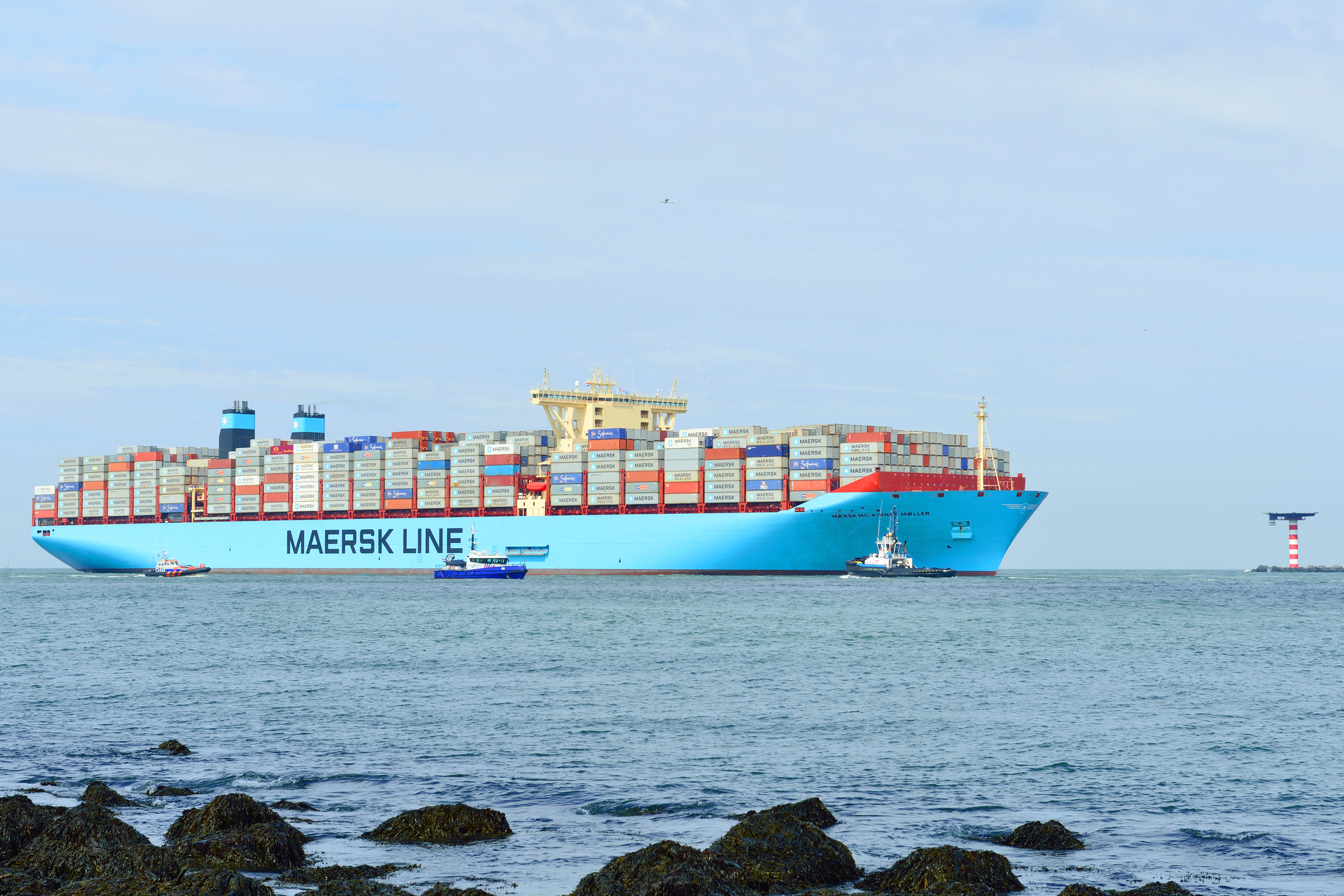The Mærsk Mc-Kinney Møller Center for Zero Carbon Shipping (MMMCZCS) has identified blue and electroammonia as potential low-emission alternative fuel pathways. The emissions profile for ammonia fuels is currently unknown, as ammonia engines are still under development. However, emissions from ammonia internal combustion engines (ICEs) may present safety, climate, and regulatory risks, necessitating onboard vessel emission management technologies and solutions, according to a study entitled Managing Emissions from Ammonia-fueled vessels.
“Our analysis showed that, with industry-wide collaboration across ammonia engine development, emission management, and vessel design, emission risks will not be a showstopper for ammonia-based fuel pathways,” the study noted. “However, well-to-tank (WTT) emissions from ammonia fuels still need to be better understood to assess the overall viability of ammonia-based alternative fuel pathways.”
While ammonia combustion presents emission risks that are not fully known today, a combination of emission management technologies are already available or under development. A dedicated MMMCZCS working group was established to study potential emission scenarios for ammonia ICEs and technologies that can reduce emissions to acceptable levels.
The working group made the following conclusions:
– Ammonia combustion presents specific emissions risks related to safety, health, and climate: – Ammonia slip is highly toxic, presenting a safety risk for crew and passengers on board the vessel.
– NOX formed by incomplete ammonia combustion presents a health risk to local communities where vessels operate and must be managed to maintain regulatory compliance.
– N2O is a potent greenhouse gas (GHG) impacting the global climate (1 gram of N2O is equivalent to 265 grams of CO2).
– Due to poor ammonia combustion characteristics, secondary or pilot fuel is required. If the pilot fuel is fossil based, it will result in CO2 emissions.
– Onboard ammonia emission sources require a combination of emission management technologies.
(Dreamstime photo of Maersk vessel)





